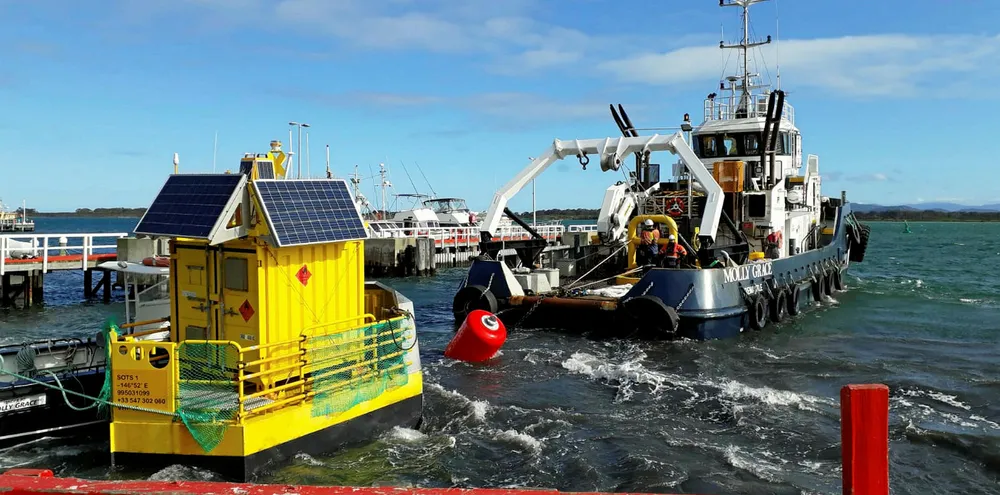France to de-risk future offshore wind build with four-year data sweep
Specialist outfit Akrocean to deploy laser-aided floating wind and metocean resource measurement units

Specialist outfit Akrocean to deploy laser-aided floating wind and metocean resource measurement units
